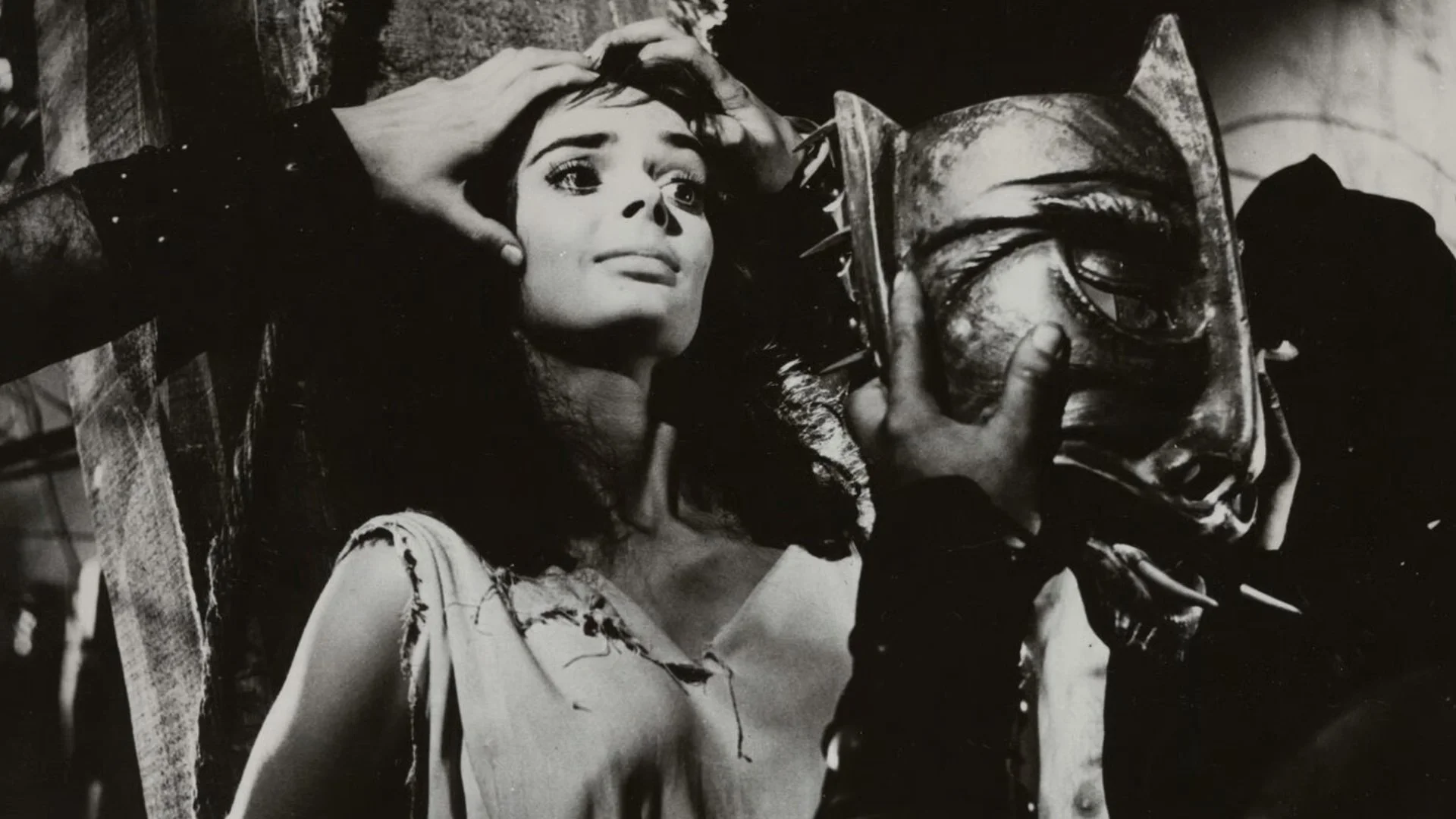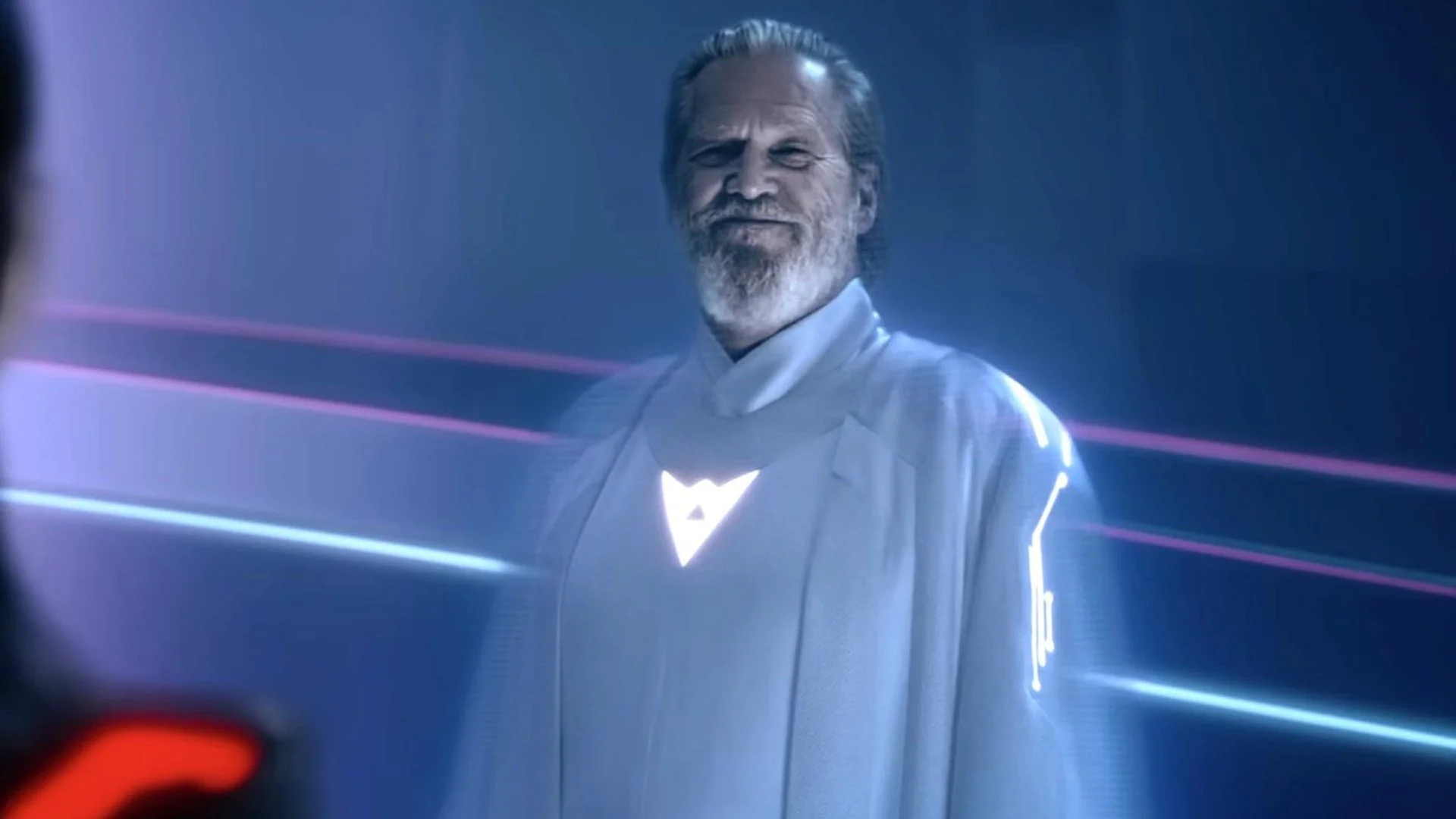With Hallowen just around the corner, here’s another essential and spooky horror film you should watch. Every time I start curating my watch list, there’s one film that I can’t help but think is criminally overlooked, especially by younger horror film fans.
It’s a film that came out of the shadows in 1960, steeped in atmosphere, and changed the visual language of horror forever… Black Sunday.
Directed by Mario Bava, Black Sunday it’s a haunting, hypnotic experience that deserves a place right alongside the classics that most people already adore. It’s one of those rare films that feels timeless, like an ancient spell that still holds its power more than sixty years later.
I’ve talked to so many movie fans, intelligent, passionate people who love horror, who have never even heard of it, and honestly, it blows my mind. So consider this my Halloween gift to you. If you’ve never seen Black Sunday, it’s time to fix that.
When Black Sunday released in theaters in 1960, horror was still largely an American and British affair. Universal’s classic monster movies and Hammer’s gothic color explosions featured prominently Christopher Lee AND Peter Cushing. But in Italy things were different. Horror wasn’t exactly mainstream yet.
Then along came Mario Bava, a cinematographer turned director, who took a low-budget supernatural revenge story and turned it into something visually stunning, disturbing, and deeply influential.
Bava’s background in filmmaking is what makes him Black Sunday so visually intoxicating. The film’s black-and-white photography is full of life, and each frame shimmers with fog, shadow, and light that seem to battle each other for dominance.
You can pause the movie at any time, print the image and hang it on the wall. It’s so beautiful. Bava didn’t just direct gothic horror, he painted it.
The story is set in 17th century Moldavia, the film opens with the witch princess Asa Vajda (played by Barbara Steele) having been executed by her brother for witchcraft. A metal mask of Satan is hammered onto his face, and as it is driven in, blood seeps through the eye holes. That scene is so surprisingly brutal for a horror film of the era it was made in!
Two centuries later, a pair of doctors accidentally revive her spirit, and Asa is resurrected to take revenge on the descendants of those who killed her.
It’s a simple setup about revenge from beyond the grave, but what Bava does with it is pure cinematic sorcery.
Let’s talk about Barbara Steele, because we can’t talk about her Black Sunday without her. Her dual role as Asa and the innocent Katia (a descendant of the witch) is iconic. He has one of those faces that seems angelic and sinister at the same time.
His eyes could freeze blood or melt it, depending on the scene. There is something otherworldly about her performance and it is no exaggeration to say that she has become the face of European horror thanks to this film.
When you think about the evolution of female horror protagonists, from Steele to Jamie Lee Curtis, Neve CampbellAND Anya Taylor-Gioiayou can see the lineage. Steele wasn’t your typical screaming victim. She embodied power, sensuality and revenge at the same time.
His witch Asa doesn’t just want revenge; she likes it. There’s also a strange empathy to his evilness and you can understand his anger. This is something that modern horror still tries to capture.
What it makes Black Sunday so unforgettable is its atmosphere. Bava didn’t rely on jump scares or cheap gore (although, for 1960, the violence was incredibly intense). Instead, he created an atmosphere so thick you can almost feel it.
The wind howls, candles flicker, shadows creep across stone walls, and fog clings to everything like a ghost that refuses to leave.
There’s a kind of visual rhythm to the film, a dance between beauty and terror. Bava’s mastery of capturing light and shadow gives Black Sunday its otherworldly consistency.
It’s not just horror, it’s gothic romance, equal parts tragic and terrifying. In many ways, Bava was creating visual poetry long before that term was ever used to describe cinema. His influence would later spread to directors such as Tim Burton, Guillermo del ToroAND Francis Ford Coppola. Clock The sleeping valley OR Crimson Peakand you’ll see Bava’s fingerprints everywhere.
One of the reasons why I love recommending it Black Sunday for younger horror fans it’s because it offers something completely different from the modern horror beat. It’s not about fear or relentless tension, but about mood. It’s about letting the horror breathe, giving the darkness space to unfold.
I understand. Black Sunday may seem slow to viewers at first, but if you give it time, it gets under your skin like few modern films do. It’s a dream, or more accurately, a nightmare, that you can’t free yourself from once it’s over.
It’s also the perfect introduction to the golden age of Italian horror, which would explode later in the 60s and 70s with directors like Dario Argento, Lucio FulciAND Sergio Martino. They all owe a huge debt to Bava.
Without Black Sundaythere isn’t Suspiria. NO The afterlife. NO The Devil’s Backbone. This film laid the foundation for everything that came after.
We live in an era of high-definition horror, with ultra-clean images, digital effects and jump scares every five minutes. Black Sunday it’s the opposite of that. It is imperfect, structured, tactile.
You can see the fog swirl, the candles flicker, the walls of the set shake slightly as a coffin lid slams shut. And that’s part of its charm. It looks handmade, like a gothic painting brought to life.
But more than that, Black Sunday reminds us that horror can be beautiful. It doesn’t always have to be ugly or brutal to be effective. It can be slow and graceful and tragic and yet creep into your nightmares.
I understand that black and white films can seem distant, like museum pieces to younger audiences. But Black Sunday it is not a dusty relic. He’s alive. Pulses with dark energy. It’s not just “old horror”. It’s the blueprint for everything we call horror today.
There’s a reason directors and cinephiles still love it Black Sunday. It’s one of the films that made horror beautiful. It’s the film that proved that shadows could be as powerful as blood. And it’s one of those films that, once you’ve seen it, sticks in your mind like a whispered curse.
So this Halloween, do yourself a favor. Skip one of the endless remakes or sequels and track it down Black Sunday. Whether you stream it or find a physical copy, experience it in all its haunting black and white glory. Let Mario Bava guide you into his world of witches and revenge.
If you call yourself a horror fan and you’ve never seen it Black Sundayyou haven’t really explored the dark heart of the genre yet.
by Joey Paur
Source: Geek Tyrant
Lloyd Grunewald is an author at “The Fashion Vibes”. He is a talented writer who focuses on bringing the latest entertainment-related news to his readers. With a deep understanding of the entertainment industry and a passion for writing, Lloyd delivers engaging articles that keep his readers informed and entertained.





